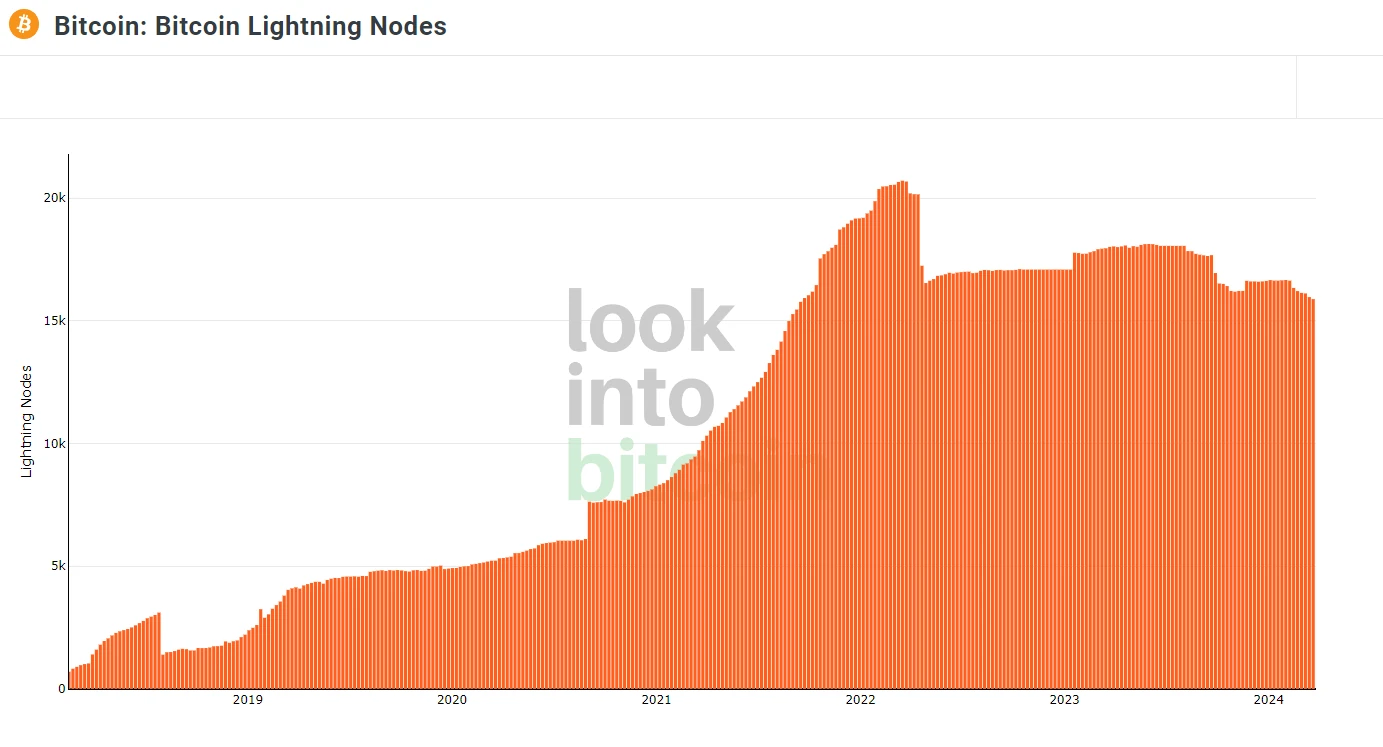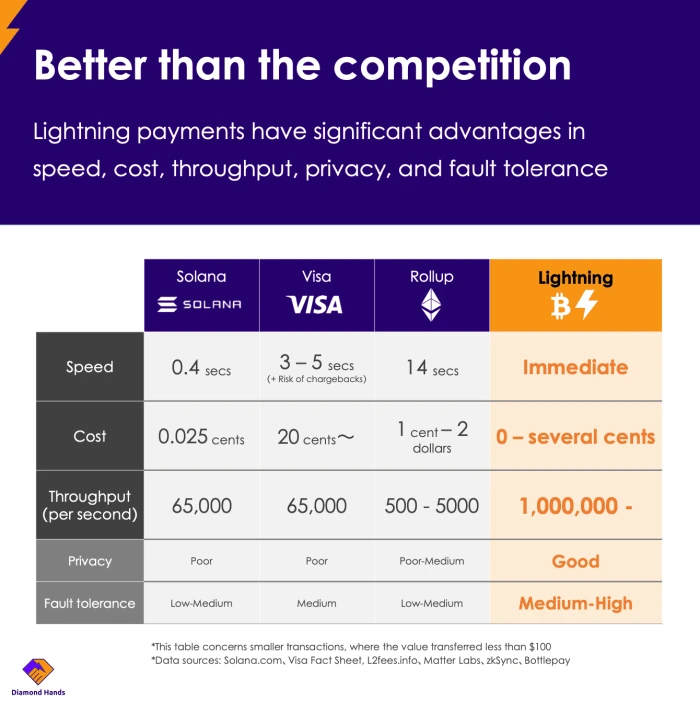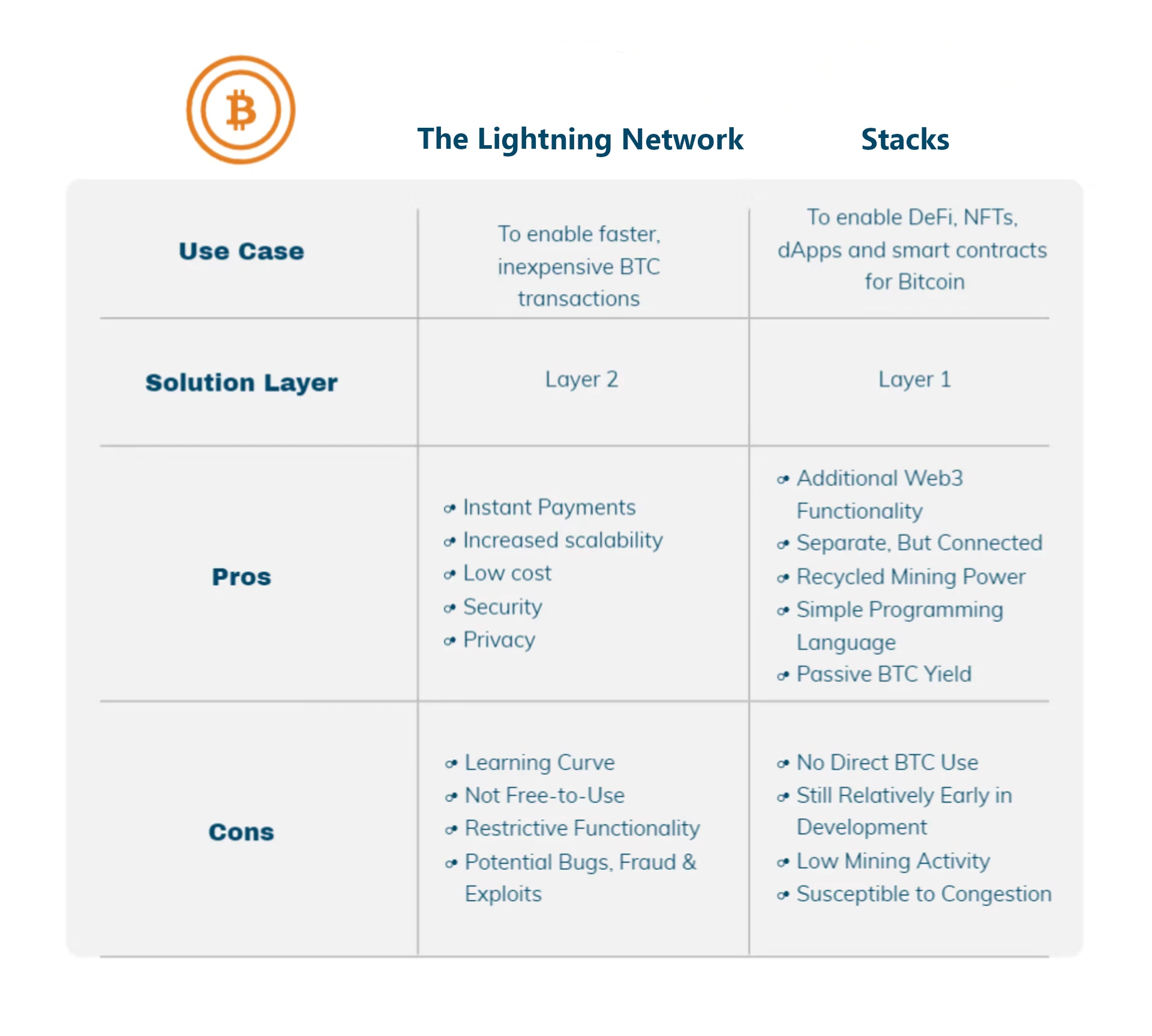Introduction
Cryptocurrency transactions have always been a hot topic since the inception of Bitcoin in 2009. The adoption of cryptocurrency is increasing day by day, but it has not been able to replace traditional transactions completely. In fact, one of the main reasons for this is the slow transaction times and high fees that come with using digital currencies. That’s where the Lightning Network comes in.
The Lightning Network is a second-layer protocol that operates on top of a blockchain network, allowing for instantaneous, low-cost transactions.
In this article, I will explore how the project is revolutionizing the cryptocurrency use.
How does it Works?
The Lightning Network is a peer-to-peer payment network built on top of a blockchain network, such as Bitcoin. It operates by creating a payment channel between two parties, allowing them to transact with one another without the need for intermediaries.
The payment channel is essentially a two-party contract that is established on the blockchain. Once the payment channel is established, parties can transact with each other instantaneously and with minimal fees.
To understand how the Lightning Network works, let’s take an example.
Alice wants to send 0.1 Bitcoin to Bob. Instead of broadcasting the transaction to the blockchain network, Alice and Bob create a payment channel between them. They both agree to deposit an equal amount of Bitcoin into the payment channel, say 0.5 Bitcoin each.
Now, they can transact with each other using this payment channel. If Alice wants to send 0.1 Bitcoin to Bob, she simply updates the channel’s balance to reflect that she has sent 0.1 Bitcoin to Bob.
The channel’s balance is updated instantaneously, and the transaction is complete.

Actually, the design works on layer two. A payment channel is created between users.
The applications used in the project are integrated with the network.
The transaction is transparent, safe and without additional difficulties. Well, that’s the point, isn’t it?
Benefits of Lightning Network
Project provides several benefits over traditional blockchain transactions.
Firstly, it enables instantaneous transactions. Since the payment channel is established between two parties, they can transact with each other without having to wait for the blockchain network to confirm the transaction. This results in lightning-fast transactions.
Secondly, the fees associated with transactions are minimal. Since the transaction is not broadcast to the blockchain network, the fees associated with blockchain transactions are avoided.
Thirdly, the Lightning Network is scalable. As more payment channels are established, the network becomes more efficient and can handle a larger number of transactions.
Are those benefits not convincing?
Lightning Network Adoption and Growth
The Lightning Network has been growing at an exponential rate since its inception in 2018.
The number of payment channels has been increasing steadily, and so has the total value locked in the network. As of November 2021, there are over 22,000 active payment channels on it, with a total value locked of over 1,200 Bitcoin.
The adoption of the Lightning Network is not limited to Bitcoin.
Other digital currencies, such as Litecoin and Ethereum, are also integrating the Lightning Network into their networks.

As Look into Bitcoin’s source points out, the number of nodes continues to increase during the bull market.
When a bear market comes, this number drops and then stabilizes. 22,000 nodes is not a great result, but adoption is progressing.
The traditional banking system sees change on the horizon, but constantly struggles with the inevitable changes.
They will happen because of technological progress…
The number project is only 5 years old, and cryptocurrencies themselves are a young industry. The market will understand sooner or later that there is no going back.
Lightning Network vs Crypto Transactions
The network provides several advantages over traditional blockchain transactions.
Firstly, the transaction fees associated with this project transactions are significantly lower than those of blockchain transactions. This is because the transaction is not broadcast to the blockchain network and therefore does not require miners to verify the transaction.
Secondly, the transaction times associated with Lightning Network transactions are much faster than those of blockchain transactions. This is because the payment channel is established between two parties, and they can transact with each other without having to wait for the blockchain network to confirm the transaction.

If you praise Solana and Ethereum, look at the performance of the Lightning Network.
What you see? I see a giant among dwarfs.
Use Cases
The Lightning Network has several use cases that are already being explored by various industries.
One of the most promising use cases is micropayments. Since the fees associated with project transactions are minimal, it is now possible to transact with very small amounts of money, which was not possible before.
This opens up new possibilities for content creators and service providers who can now monetize their content and services on a per-use basis.
Another use case for the network is cross-chain transactions. With the integration of the Lightning Network into multiple blockchain networks, it is now possible to transact between different digital currencies instantly and with minimal fees.

In fact, the project speeds up Bitcoin transactions while remaining a secure and scalable network. See blockchain problem.
The cost is a longer learning curve and usage fees. However, nothing comes for free.
Good and proven solutions require knowledge, but it is no different when using cryptocurrencies themselves.
Challenges of Lightning Network
While network has several advantages, it is not without its challenges and criticisms.
One of the main criticisms of the project is its complexity. Setting up a payment channel requires a certain level of technical expertise, which may deter some users from using the Lightning Network.
Another challenge faced by the Lightning Network is liquidity. Since the payment channel requires both parties to deposit funds into the channel, it may be difficult to find a counterparty with the required liquidity.
What’s the Future?

The Lightning Network has the potential to completely transform the way we use cryptocurrency.
As the network continues to grow, it will become more efficient and scalable, allowing for even more use cases to be explored. The integration of project into various blockchain networks is also expected to continue. This enabling cross-chain transactions between different digital currencies.
Lightning Network Resources and Tools
There are several resources and tools available for users who wish to use the Lightning Network.
One of the most popular wallets is the Speed App, which allows users to send and receive transactions.
Other resources include the Lightning Network Explorer, which allows users to explore the Lightning Network and view payment channels.
Conclusion
Indeed, the Lightning Network is a revolutionary technology that has the potential to completely transform the way we use cryptocurrency.
Its lightning-fast transactions and minimal fees make it an attractive option for users who wish to transact with digital currencies, but not only Bitcoin.
While there are still some challenges and criticisms, this project is expected to continue to grow and expand.
Then, enabling even more use cases to be explored. Who knows if in reality Lightning Network would be next payment system for future banking system?

Leave a Reply
You must be logged in to post a comment.